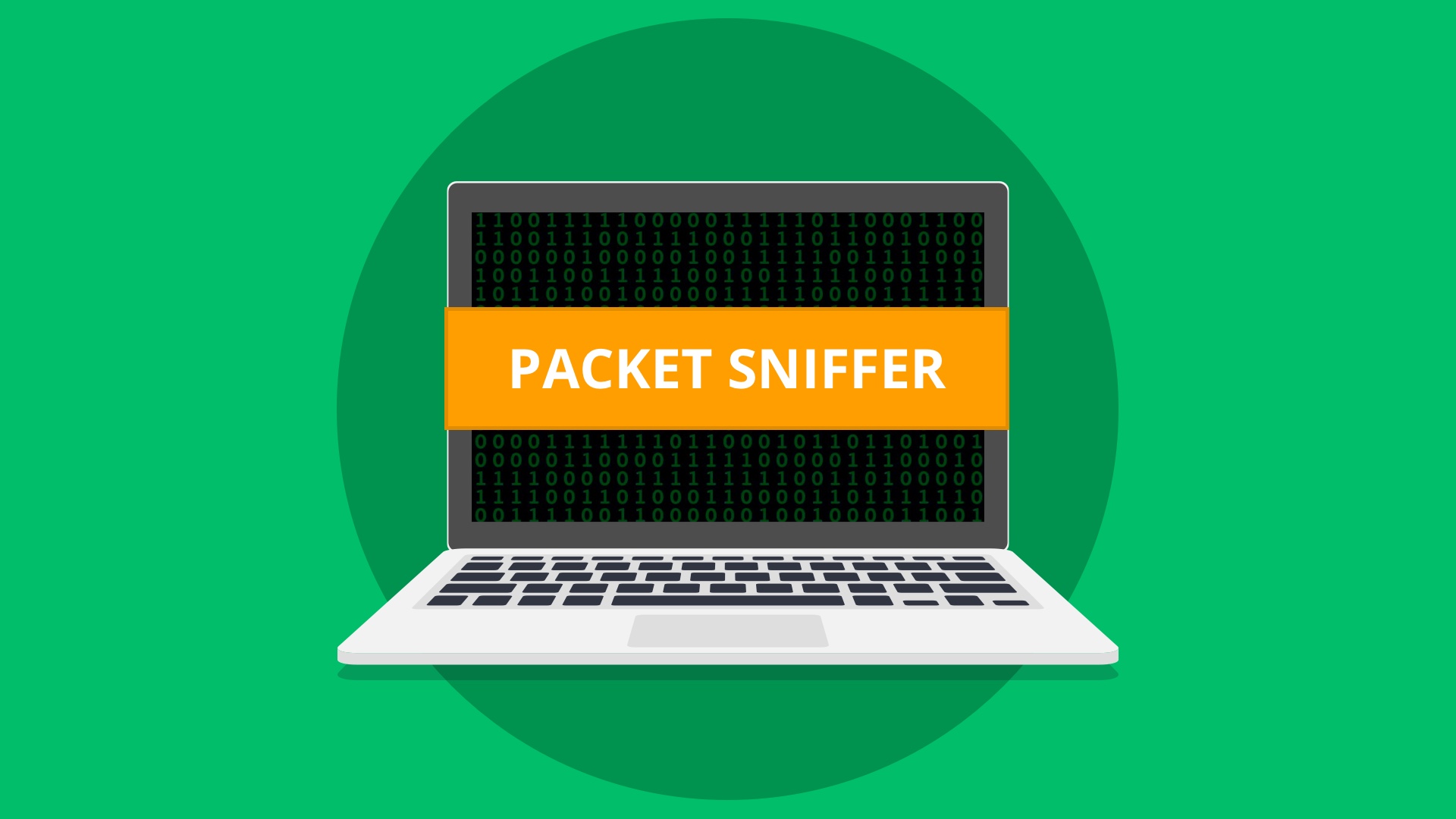What is Cryptocurrency and How Does it Work?
In 2021, the cryptocurrency market grew from less than $200 billion to nearly $3 trillion, attracting new crypto investors. However, it all collapsed in the first half of 2022. While the cryptocurrency market is still worth about $900 billion, the risks to investors have multiplied over the past few months. That’s why investors need to do their due diligence and… Read More »What is Cryptocurrency and How Does it Work?









